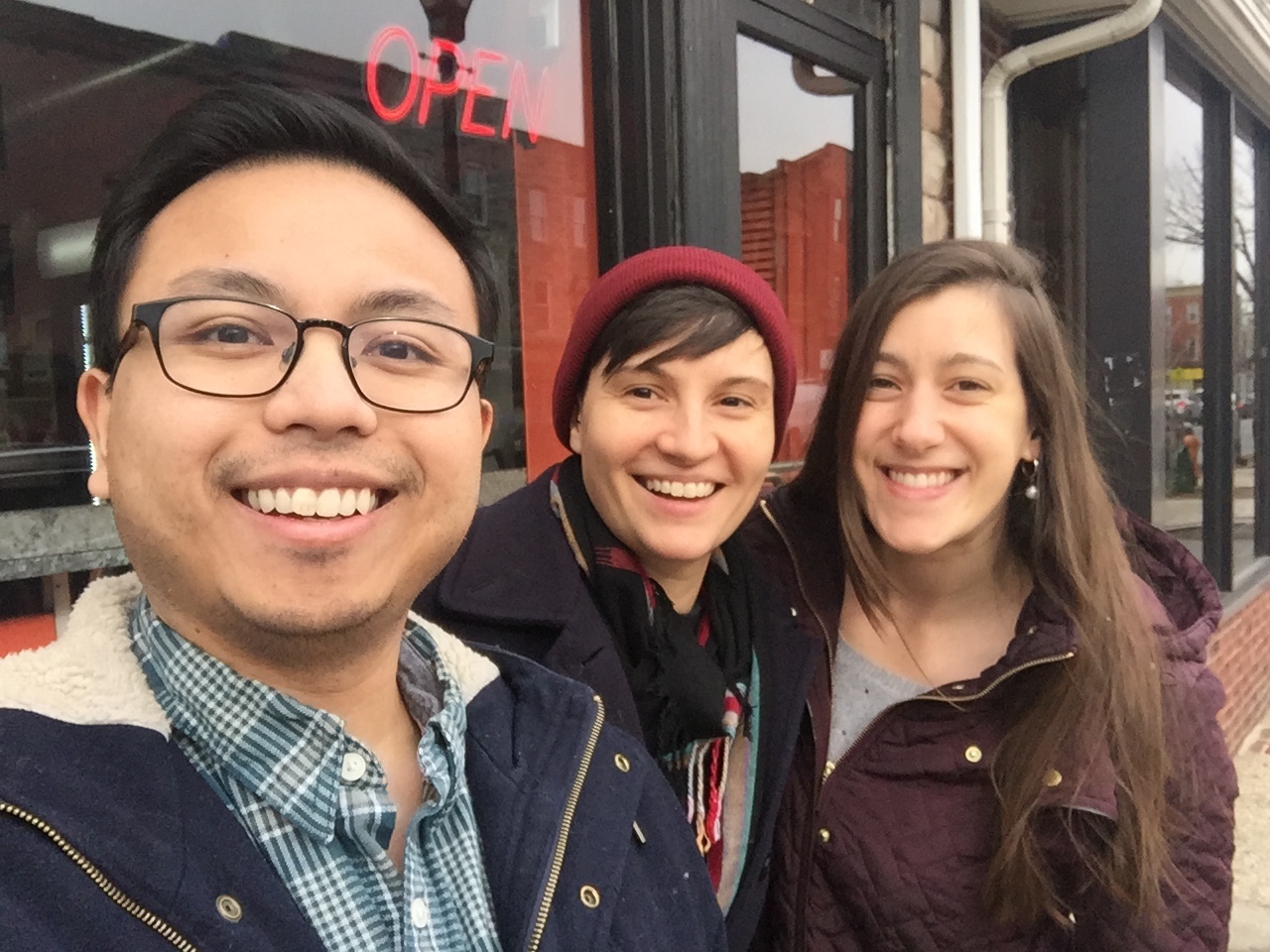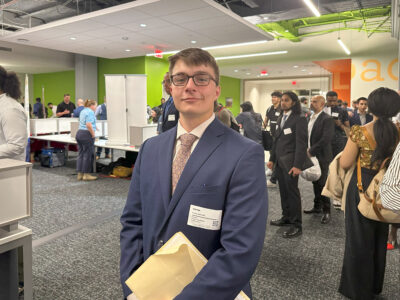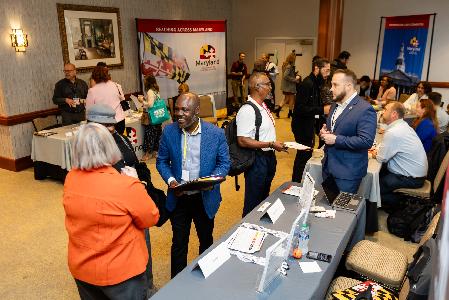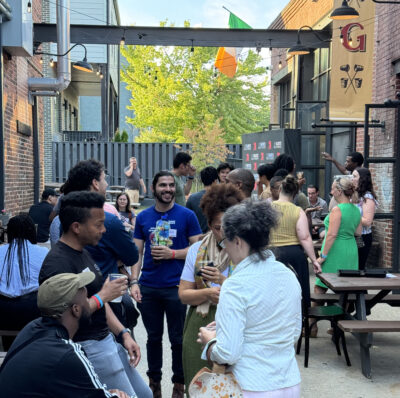Companies looking to hire tech talent quickly are often seeking candidates with experience. Last spring, SmartLogic decided to take a new approach to bringing on software developers with an apprenticeship program that helped three people starting their careers qualify for mid-level positions by the fall.
Along with regular hiring, the Canton software development agency company takes an interest in the technologists in the community looking to develop their skills, as shown through things like frequent pizza contributions to meetups.
In the midst of a round of hiring in April as it saw an uptick in client work, the team saw an opportunity to create a program that can offer training and mentorship within the work of the agency. With the apprenticeship program, the agency provided on-the-job training to entry-level devs over 14 weeks. Team members had previously expressed an interest in mentoring. Given the need to find new sources of talent and ways to provide early career experience in the tech industry, SmartLogic President Yair Flicker said the agency decided to try something new to help develop skills, as it represented a revenue-neutral way to bring on new workers.
They set out to find developers who went through a bootcamp or other form of study, but still needed more experience before being able to qualify for the kind of mid-level position for which the company typically hires. Distinct from the programs that offer a curriculum, the idea was to provide a direct role in the company’s work.
“The premise would be, ‘Where can we be unique?’ What unique offering can we provide?’ And that’s real world application,” Flicker said.
After advertising for the role, the company brought on three apprentices to join the team of about a dozen people over the summer.
Now Flicker sees it as a success. In the end, two developer apprentices were hired at the agency, and another joined downtown Baltimore dev agency Fearless.
Stephanie Vizzi was among those who were hired at SmartLogic. When she applied, she was seeking a software development role while looking to finish the Digital Arts master’s program at Goucher College. It offered a chance to improve upon the early skills she gained.
“It ended up being very on track with the level I was at and the kind of thing I was looking for,” she said.
Vizzi and the other two participants were paid a salary and received health benefits for the duration of the program. The apprentices met regularly with team members for in-depth sessions about coding languages like React and Elixir, as well as with Flicker. To get going, the first four weeks had a tight schedule to provide support.
Apprentices continued working alongside team members, and were taking on the work that the company had from its clients. It also meant working with the autonomy that the company affords. By the end, the company billed directly for the client work.
Vizzi said being able to contribute directly to the company was important to her. She was partnered with developers working on a front-end project, including work on the user interface.
“You were already in a real world setting working on a development project and making contributions to it, so being able to interact with that project, with the codebase, to work with other developers and to take on whatever responsibility you decide makes a big difference,” she said.
Flicker said one key to the program was bringing in a group of apprentices together. All three team members started at the same time, creating a cohort of sorts. So while they were working on different projects, there was an opportunity to learn from each other. Vizzi said the group approach meant the apprentices “weren’t on an island” as the only junior-level developers. Since they had different prior experiences, the apprentices also compared notes to help each other learn.
“You can see what other people in the same position are doing, what they’re going through and what they’re feeling about the level of work they’re outputting,” she said.
The interest shown to SmartLogic indicates demand for such a program. The agency set out to fill 2-3 slots, and got more than 100 applications. It has Flicker thinking about how the model could be applied on larger teams, especially given conversations about the need to open up new ways to find tech talent. The apprenticeship, he said, could be a way to “widen the playing field and get more people into the industry.”
Before you go...
Please consider supporting Technical.ly to keep our independent journalism strong. Unlike most business-focused media outlets, we don’t have a paywall. Instead, we count on your personal and organizational support.
3 ways to support our work:- Contribute to the Journalism Fund. Charitable giving ensures our information remains free and accessible for residents to discover workforce programs and entrepreneurship pathways. This includes philanthropic grants and individual tax-deductible donations from readers like you.
- Use our Preferred Partners. Our directory of vetted providers offers high-quality recommendations for services our readers need, and each referral supports our journalism.
- Use our services. If you need entrepreneurs and tech leaders to buy your services, are seeking technologists to hire or want more professionals to know about your ecosystem, Technical.ly has the biggest and most engaged audience in the mid-Atlantic. We help companies tell their stories and answer big questions to meet and serve our community.
Join our growing Slack community
Join 5,000 tech professionals and entrepreneurs in our community Slack today!






